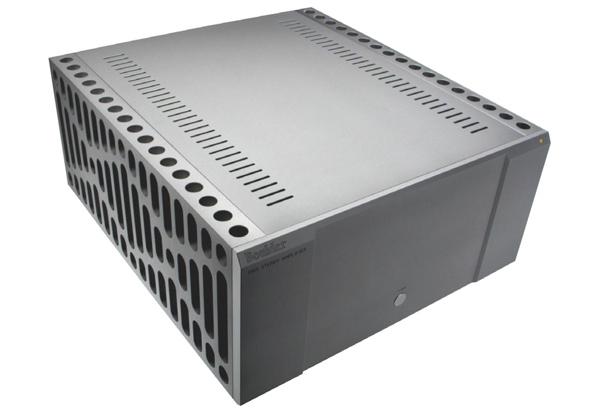| Columns Retired Columns & Blogs |
Adjusted for inflation (data.bis.gov), $18k would be $8659 in 1987 dollars. By comparison, for $7900 in 1987 one could purchase (at MSRP) a pair of Threshold SA/1 monoblocks. Is this Boulder amplifier sufficiently better than the SA/1's to justify the additional cost?
Due to their superb, "legendary" sound, today one can easily get $8000-10,000 for a pair of used Threshold SA/1's. What will the Boulder be worth used? What will it be worth in a year, let alone 27 years from now?
The Boulder boasts big output wattage, but plenty of cheap amps also boast big watts. The SA/1's by comparison, were 160 watt (8 ohm), class A, solid-state monoblocks, which provided 40 amps continuous, 200 amps peak. And what, pray tell, is the current capability of the Boulder? Why isn't this specification even mentioned in the review?
The SA/1's were so good that the German classical record company, Telefunken, used them to master its recordings. Does the Boulder have similar high-quality professional credentials?
The point I want to make is that I am skeptical about current astronomical prices for so-called "high end" audio equipment. I don't think the price-to-quality ratio compares favorably to that of decades earlier. Rather, I attribute current inflated prices to a shrunken high-end market. The volume of sales just isn't high enough to support the costs of manufacturing such specialized gear. If this is indeed true, then one would be better off selectively buying used gear in good condition. Good luck, though, finding a pair of used SA/1's. Their owners are not parting with them.









































